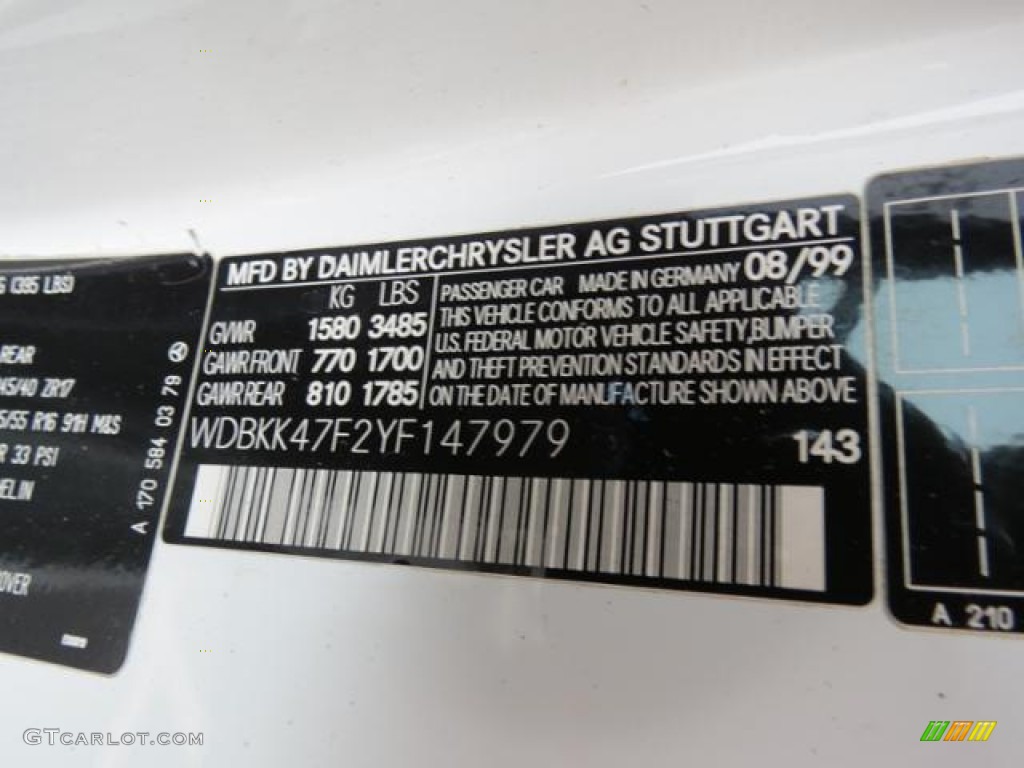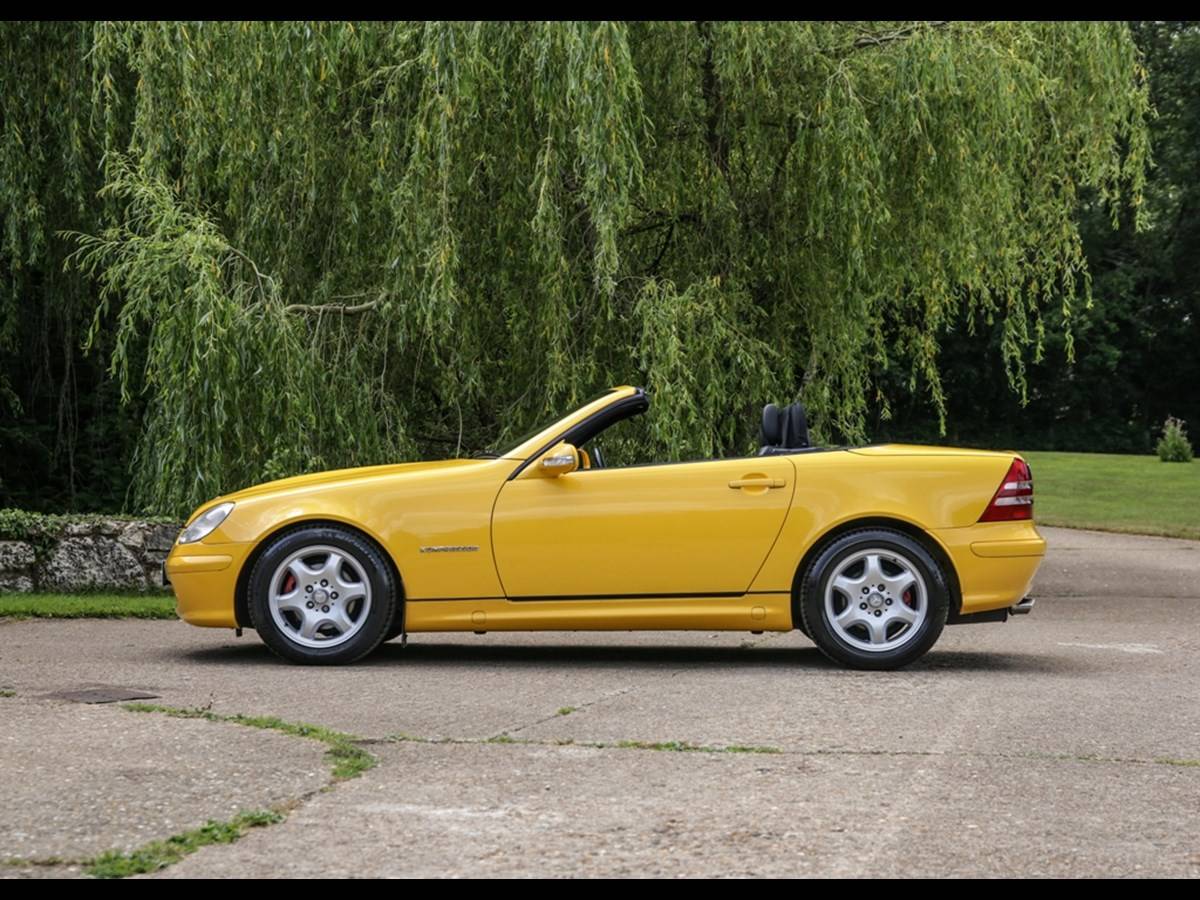

Problems might just mean dud sensors, but a sick roof could cost plenty to fix. Make sure that the folding roof operates flawlessly too (it should take about 30 seconds to unfurl). When shopping, look for a service record: a car like this shouldn't have any gaps in its maintenance record. We'd opt for the bigger of the supercharged engines, because there won't be a huge difference in thirst, and the 2.3-litre version is a stronger, more flexible unit.

It has superior sprinting ability and is smoother into the bargain.īut in these days of skyrocketing petrol prices (yes, even Benz owners occasionally feel the pinch), either of the four-cylinder versions will be a bit more frugal, especially if you are driving around town. The cabin is a strict two-seater but it's nicely made and ergonomically pure.įor those who value acceleration, the V6 version of the SLK is the clear winner.

The super-stiff bodyshell means the car handles as well as a hardtop design, with the same underpinnings (not always a given in convertibles). The driving experience, meanwhile, is not as sporty as, say, a Porsche Boxster, but it is smooth and refined. This layout and package will tempt most convertible fans. It is therefore much quieter than most other convertibles and offers vastly superior security. Unlike most convertibles, the roof of the SLK is made from steel (it retracts electronically into the bootspace). There was even a subtle roll-bar integrated into the space behind the front seat head-rests for added security. Safety - always a Benz priority - is taken care of by ESP and ABS anti-lock brakes, dual front airbags, Brake Assist, seat-belt pre-tensioners, force-limiters and side airbags. Increasingly common these days (it's available on the latest Holden Commodore) ESP detects a slide or skid and either throttles the engine, applies the brakes (or both), and brings the car back into line. The biggest technical alteration for the new model was the adoption of Mercedes' Electronic Stability Program (ESP).

Lifted from the Benz sedan line-up, the V6 had three valves per cylinder (two inlet, one exhaust) and 160 kW of power.įor all that, it wasn't the smoothest V6 on the market, but it was more refined than either of the rather grainy four-cylinder versions with their distinctive supercharged whine. The real news for Benz buyers was the availability of a V6 in the SLK320 - although the only gearbox option was the five-speed automatic transmission. Some slight tweaks to the supercharged engine resulted in an extra three kilowatts (a total of 145) and there was an appreciable performance jump between the two four-cylinder powered versions. The same goes for the SLK230, which was given the same transmission choices.
#MERCEDES BENZ SLK 230 KOMPRESSOR 2000 MANUAL#
Power peaked at 120 kW and, if you kept the engine on the boil, performance was adequate despite the fairly hefty SLK body.Ī five-speed automatic and six-speed manual were offered, and although you might struggle to find one, the manual version is the better driver's car. Two new engines amounted to two new models, and a supercharger boosted the performance of the SLK200, the new base model.
#MERCEDES BENZ SLK 230 KOMPRESSOR 2000 UPGRADE#
The upgrade also endowed the car with new safety features and, for this reason alone, cars from 2000 onwards are the ones to go for, even if the bank manager doesn't agree. But by 2000 (the original was launched in 1997) Mercedes-Benz figured it was time for an upgrade.īenz concentrated on broadening the model's appeal with new engines and breathed new life into the existing 230 model with a new six-speed manual gearbox. It had plenty going for it beyond its badge and sticker price - all-steel electric roof, racy two-seater looks and supercharged engine. At less than $100,000, the Mercedes-Benz SLK230 roadster was always going to be a strong seller for the brand Down Under.


 0 kommentar(er)
0 kommentar(er)
